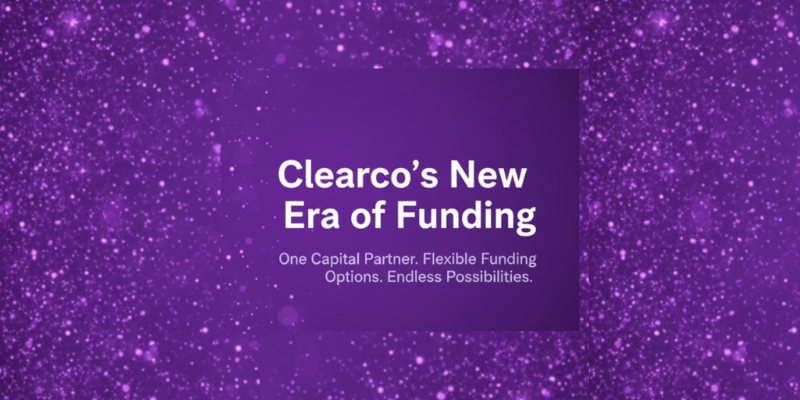How to leverage community-based marketing strategies to strengthen your brand

Humans need a sense of belonging to survive. We find it through connecting with others—our family, friends, and communities. Thanks to the internet, keeping in touch with these connections is easier than ever. Even before the digital age, communities have been a bridge for connecting people with similar interests and values.
Community-based marketing is the connection between your brand and community. A community is a group of people that share similar values and interests, and that feel connected to one another. For most, a community is a space in which you feel safe, included, and validated to talk about things that matter to you.
When you think of communities, you might immediately think of digital avenues like Facebook groups, subreddits, forums, or even a physical space or neighbourhood in which groups can congregate to hang out.
Community-based marketing allows marketers a chance to make deeper connections with their audience. Once a community is created, it can be an invaluable means to learning more about buyers, start and engage in conversations, create traditions, and even sell more products.
Perhaps the largest benefit of community-based marketing is that there is a chance to build trust within the community. This allows marketers to make sales organically. Instead of looking at a community as a storefront, it can be seen as a help desk: a place to serve customers, answer their questions and concerns, and sell additional products to suit client needs. The best part? You don’t necessarily need to hire someone to maintain your “help desk”. Oftentimes fans create a community amongst themselves or answer queries from buyers on your behalf.
The dangers and benefits of community-based marketing
A community can negatively or positively impact public perception of your brand. This marketing study by Sandra Maria Correia Loureiro and Hans Rüdiger Kaufmann outlines the effects communities can have on brand affinity. A positive community of advocates can promote your brand to others in their network, while negative communities can tarnish your reputation. Unfortunately, hate is a compelling emotion that can drive negative online activity:
“A hate community wants to spread their negative knowledge about a brand but also contribute to influence the brand to change the behavior or improve the features of the product. Members that really have an aversion toward the brand tend to be more active than those that merely do not like or are neutral about the brand.“
The bad news is the more you grow, the more likely you are to receive criticism. If brands put the time and effort into building and maintaining positive community relationships, they can potentially balance any negativity with positive reviews from advocates instead. Positive communities can foster relationships and drive online engagement. Online engagement on social media is what helps you get seen on algorithms.
Focusing on community-based marketing is an excellent opportunity for brands to better understand their customers’ values. Community creators can create a bustling online space in which members feel validated to speak up about qualms they have, as well as anything they love or think can be improved upon.




.jpg)